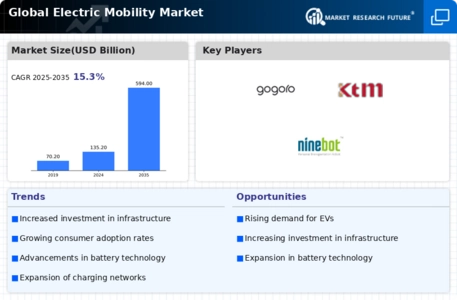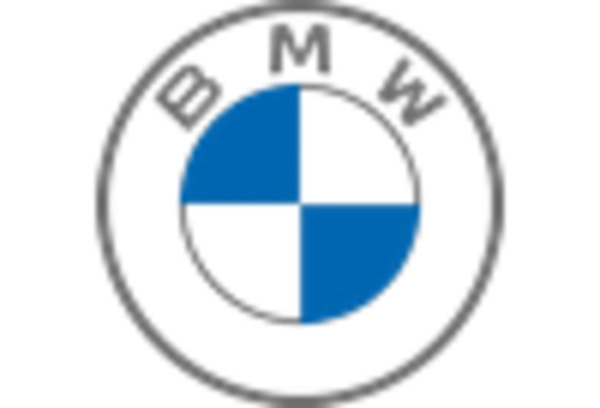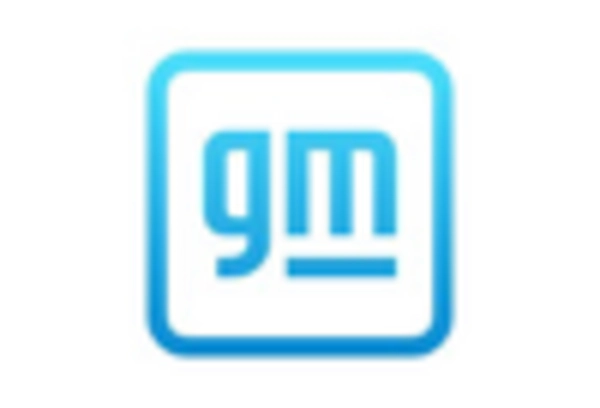Leading market players are putting a lot of money on R&D to extend their product lines, which will help the market for Electric Mobility grow even more. Additionally, market participants are engaging in a range of strategic initiatives to increase their worldwide reach, with important market developments such as the introduction of new products, contracts, mergers and acquisitions, increased investments, and cooperation with other businesses. To grow and endure in an increasingly competitive and challenging market environment, Electric Mobility industry must provide reasonably priced goods.
One of the main business strategies employed by manufacturers is to produce locally to reduce operational expenses in the global Electric Mobility industry to develop market sector and provide benefits to customers. In recent years, the Electric Mobility industry has provided some of the most important benefits for medicine. Major players in the Electric Mobility market, including Suzuki Motor Corporation, Gogoro, Inc., Honda Motor Co., Ltd., Mahindra Group, BMW Motorrad International, Ninebot Ltd., KTM AG, and others, invest in operations for research and development in an effort to improve market demand.
Gogoro is a Taiwanese firm that created a battery-swapping refueling platform. Additionally, it creates a line of electric scooters of its own and offers its own vehicle innovations to partners in the automotive industry like Hero, Yamaha, Aeonmotor, PGO, eReady, and eMOVING. In Taiwan and on the Japanese island of Ishigaki, Gogoro also runs the ride-sharing service GoShare. The first consumer product from Gogoro, the Smartscooter, was unveiled in January 2015 at the Consumer Electronics Show (CES) in Las Vegas. Gogoro also unveiled a network for trading batteries, known as the Gogoro Energy Network, along with the scooter.
Gogoro Network debuted in Hangzhou, China in October 2021 with 45 GoStations and the Huan Huan brand in collaboration with Yadea and Dachangjiang Group.
Honda Motor Co., Ltd. is a publicly traded global conglomerate with headquarters in Minato, Tokyo, Japan, which produces cars, motorbikes, and power equipment. By the end of 2019, Honda will have produced 400 million motorcycles, making it the largest motorbike manufacturer in the world since 1959. With more than 14 million internal combustion engines produced each year, it is also the largest producer of internal combustion engines globally. In 2001, Honda overtook Nissan as the second-largest producer of Japanese cars. In 2015, Honda ranked as the eighth-largest automaker in the world.
Honda and American automaker General Motors announced a partnership in 2023 to build vehicles with a novel hydrogen fuel technology. The objective is to increase the amount of hydrogen-powered cells in their electric vehicles, trucks, construction equipment, and power plants.


















Leave a Comment